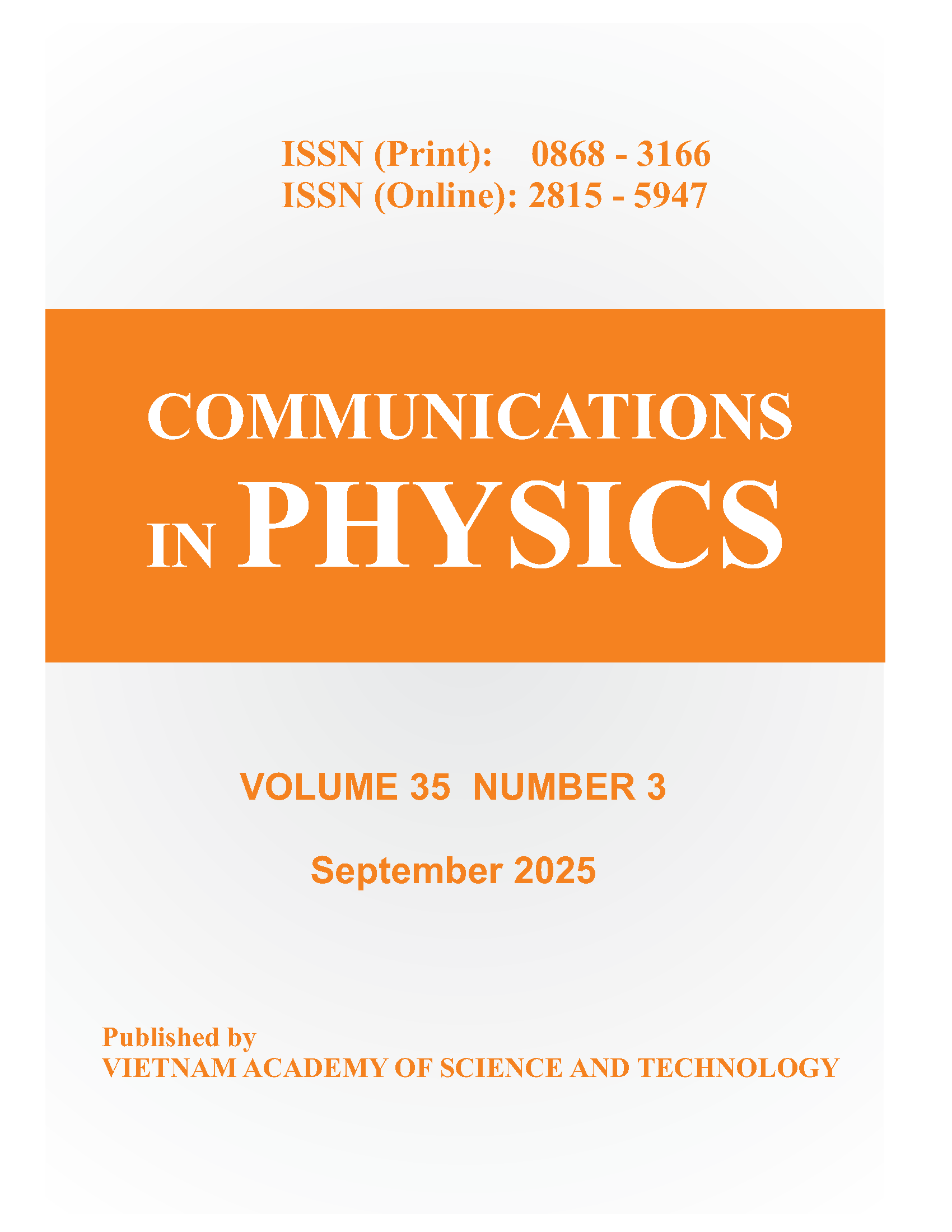Fluorescent Properties of Cancerous Liver Tissue
Author affiliations
DOI:
https://doi.org/10.15625/0868-3166/24/3S2/5058Keywords:
autofluorescence, Radachlorin$^{\circledR}$, hepatocellular carcinoma, liver cancerAbstract
Fluorescence spectroscopy is a technology used fruitfully for biomedicaldiagnostics as well as for therapeutic purposes. The fluorescent analysis
method are applied in biomedical diagnostics
bases on fluorescence of endogenous or exogenous fluorophores.
We initially applied fluorescence spectroscopy for the study of human liver cancer (hepatocellular carcinoma) with an exogenous fluorophores, Radachlorin\(^{\circledR }\) 0.35%. The main aim of this study is to determine the spectral variation between normal and malignant liver tissues in 2 cases: the samples expose and non-expose to Radachlorin. The excitation wavelength used for the fluorescence measurements is 405 nm.
Downloads
Downloads
Published
How to Cite
Issue
Section
License
Communications in Physics is licensed under a Creative Commons Attribution-ShareAlike 4.0 International License.
Copyright on any research article published in Communications in Physics is retained by the respective author(s), without restrictions. Authors grant VAST Journals System (VJS) a license to publish the article and identify itself as the original publisher. Upon author(s) by giving permission to Communications in Physics either via Communications in Physics portal or other channel to publish their research work in Communications in Physics agrees to all the terms and conditions of https://creativecommons.org/licenses/by-sa/4.0/ License and terms & condition set by VJS.











